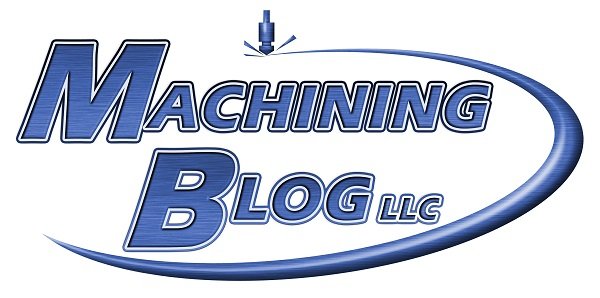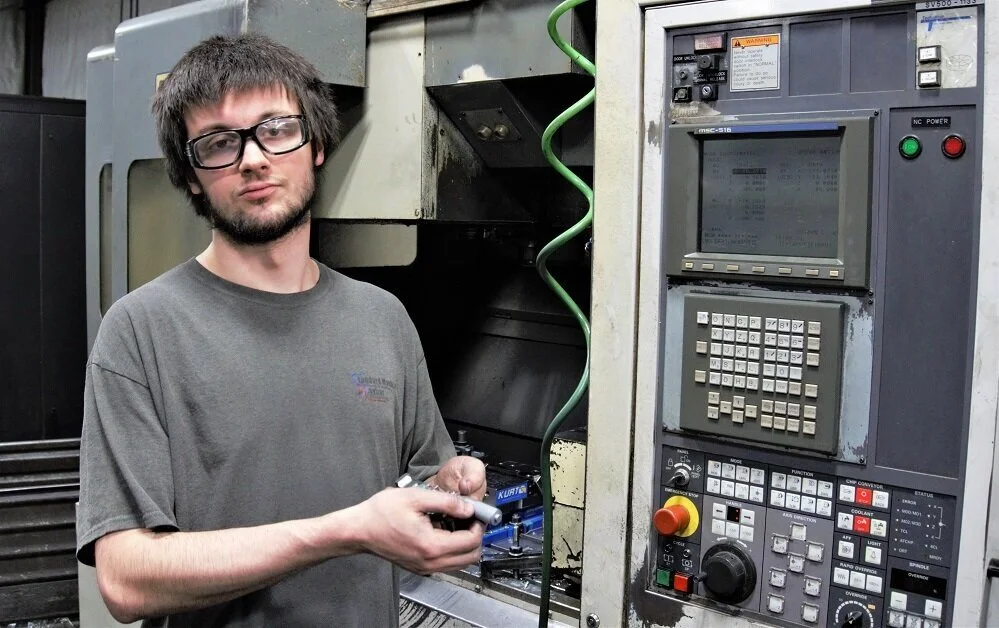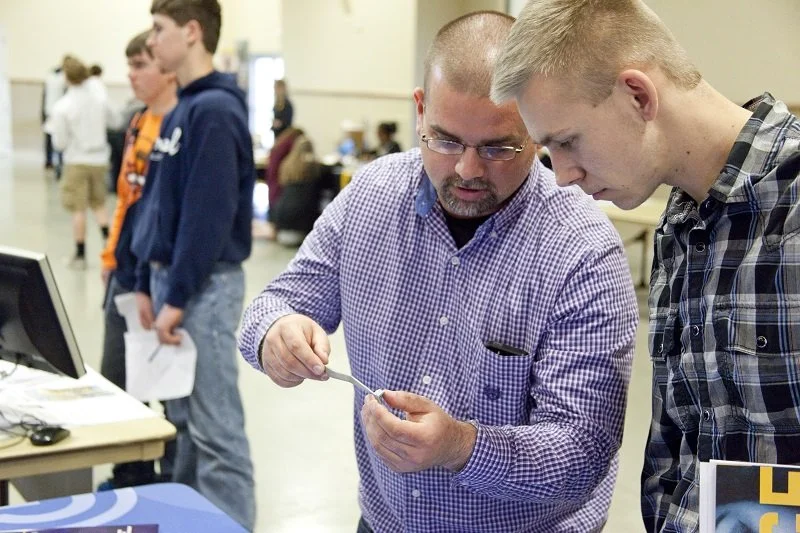Introducing the Younger Generation to Manufacturing
Adapting to the worker shortage in manufacturing is difficult. Some shops may choose to search more aggressively for employees, while others might invest in technology that helps streamline the manufacturing processes. Then there are other manufacturing facilities that may buy another machine shop to gain capabilities. Those are all ways to overcome the worker shortage, but this article will focus on how to introduce manufacturing to the younger generation to help fix the worker shortage.
Create a Platform in Schools:
I recently was offered an opportunity to show a class of 5th grade students what machining and tool and die making is in a career education class. How I went about my presentation was I created a slideshow on tool and die and machining. I defined what tool and die is and told the students what a tool and die maker does. I brought an extra small progressive stamping die to the classroom along with an industrial mold. I made it a point to talk to the teacher about having me come in the classroom again to showcase manufacturing. This is just one way to create opportunities in schools.
Collaborate Locally
Collaboration with others in the community is a key to success. There are many ways that collaboration can happen. They are as follows; contact youth apprentice program leadership, apprenticeship program leadership, local school leadership, local schoolteachers, local career and technical education (CTE) teachers, local businesses and local competitors also, trade association local chapters, technical college leadership, technical college instructors, city, county, and state leadership, local economic development platform leadership, and local STEM program leadership.
By creating opportunities in schools to showcase manufacturing and collaborating in the local community it will greatly assist in closing the shortage of workers in manufacturing. To assist in helping define a career in manufacturing, below is a list of eight of the great benefits of working in CNC machining for people interested in it as a career.
Indoor job, year-round work- All of the work is indoors, and most shops are climate controlled as well. There may be busy times of the year as well.
Challenging work – From operating a multi-axis CNC machine to running a machine with challenging parts, there are many challenges in the machining industry.
Work with your hands – Machining can be a cross between working with your mind and working with your hands.
Use Your mechanical skillset – In CNC machining the machinist sets up tooling for the machines and also sets up the work project in the machine. This requires mechanical aptitude.
Get to solve problems – As a machinist you may be asked to make the job run faster or more accurate. This requires problem solving abilities to figure out and determine ways to improve the project.
Sense of accomplishment – Making complex parts on complex CNC machines can be a challenging and rewarding job. There may be a sense of accomplishment when you completed a project.
Utilize advanced technology – The machines of today are very specialized and advanced. They may have many axis of linear motion and be complex to program.
Doesn’t require a four-year degree – A new career path in machining can be achieved by on-the-job training or through an associate degree program at a technical college.







